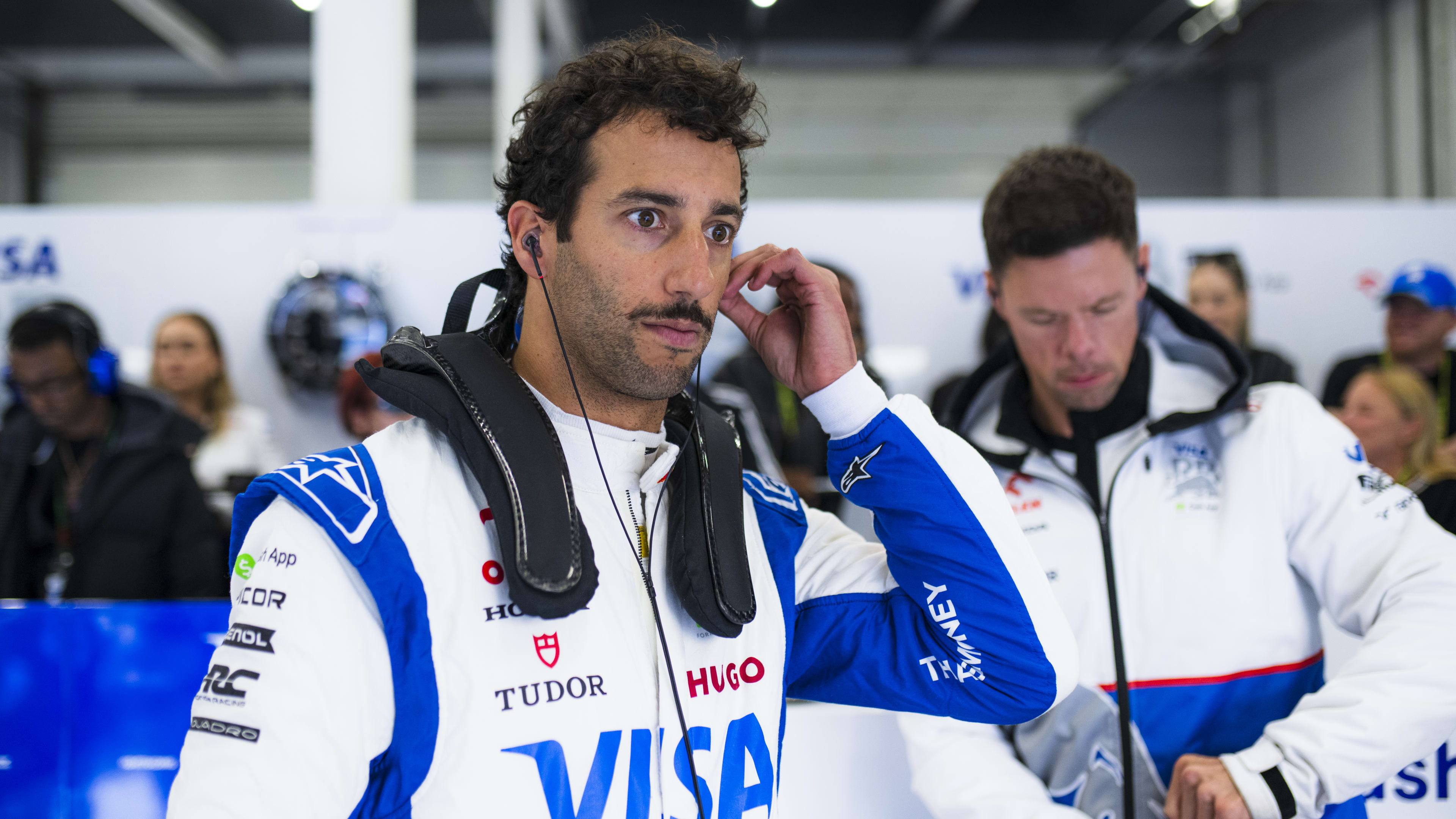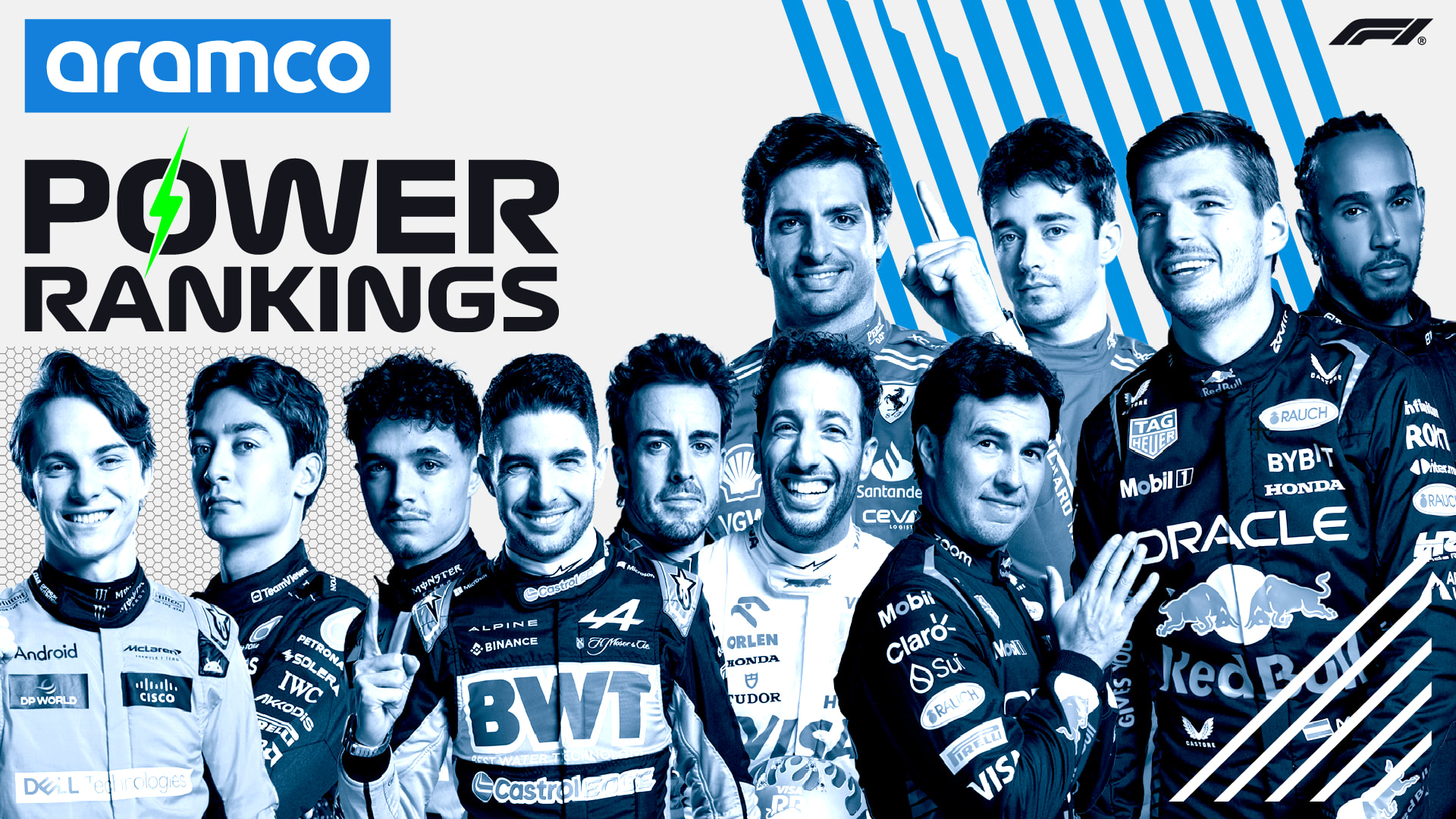The Rise of BYD: Tesla’s Rival Shaping the EV Future
Find out how BYD is rising as Tesla’s top rival in the EV market, reshaping the auto industry with affordable innovation and global dominance.
TL;DR
-
BYD is rapidly overtaking Tesla as the world’s leading EV manufacturer through scale, affordability, and government backing.
-
The company’s global expansion strategy is positioning it as the dominant force in markets from Europe to Southeast Asia.
-
The rivalry between Tesla and BYD defines the future of electric vehicles, with affordability versus premium innovation at its core.
Introduction: A New Challenger in the EV Arena
Not too long ago, if you asked someone to name an electric car brand, the answer was almost always Tesla. Elon Musk’s company became synonymous with EVs, turning the Model S and Model 3 into cultural icons. But while Tesla was busy soaking up the spotlight, another automaker was quietly building momentum. That company is BYD—short for “Build Your Dreams”—and today it’s no longer the underdog.
The rise of BYD is a case study in speed, strategy, and timing. What started in the mid-1990s as a humble battery manufacturer in Shenzhen has grown into the world’s largest EV producer. It has disrupted Tesla’s dominance not by mimicking its luxury-first approach but by focusing on mass adoption and affordability. In many ways, BYD represents a new phase of the EV revolution: one where electric cars are no longer niche or aspirational—they’re mainstream, practical, and within reach of everyday drivers.

How BYD Overtook Tesla in EV Sales
For years, Tesla seemed untouchable. It defined the EV category and set sales records in markets across North America and Europe. The Model 3 in particular was hailed as the world’s first “affordable” EV, but even its base price kept it out of reach for many households.
Meanwhile, BYD was quietly scaling up in China. By leveraging its background in battery technology, the company was able to roll out a diverse lineup of vehicles—from compact city cars like the BYD Dolphin to larger family SUVs like the Tang EV. While Tesla delivered hundreds of thousands of cars per year, BYD was delivering millions.
In 2023, BYD finally surpassed Tesla in quarterly EV sales, cementing itself as the global leader. The achievement wasn’t just symbolic—it reflected a wider trend highlighted by the International Energy Agency’s Global EV Outlook, which shows China leading global adoption.
The Secret Weapon: BYD’s Vertical Integration
One of the main reasons BYD has outpaced its competitors is its tight grip on the supply chain. The company is vertically integrated in a way that few automakers can match. It builds its own lithium iron phosphate (LFP) batteries, designs its own electric motors, and even manufactures many of the chips that go into its cars.
At the heart of this strategy is the Blade Battery—a revolutionary LFP design that offers high energy density, improved safety, and lower production costs. Unlike traditional lithium-ion batteries, LFP packs are less prone to overheating and thermal runaway, making them safer for consumers. According to Reuters, they’re also less reliant on rare minerals like cobalt, reducing vulnerability to supply chain risks.
Compare this to Tesla, which has historically depended on external suppliers like Panasonic or CATL for its batteries. While Tesla has made strides with its 4680 battery cell (covered by Electrek), BYD’s control over its battery pipeline gives it a pricing advantage that’s hard to beat.

Tesla vs. BYD: A Tale of Two Philosophies
The rivalry between Tesla and BYD isn’t just about who sells more cars—it’s about two competing visions for the future of electric mobility.
-
Tesla’s Vision: Premium design, cutting-edge software, and advanced driver-assist features like Autopilot and Full Self-Driving (FSD). Tesla cars are often marketed less as vehicles and more as lifestyle statements, appealing to tech enthusiasts and eco-conscious buyers willing to pay a premium.
-
BYD’s Vision: Affordable, practical EVs designed for mass adoption. A BYD Dolphin may not have the futuristic flair of a Tesla Model 3, but it delivers reliable range, solid build quality, and a price tag that makes it accessible to middle-class families in emerging markets.
In essence, Tesla sells aspiration, while BYD sells accessibility. Together, they represent two halves of the EV puzzle: one pushing the technology frontier, the other scaling it for the masses.
Model-by-Model Comparisons: BYD vs. Tesla
BYD Dolphin vs. Tesla Model 3
The BYD Dolphin is a compact hatchback that’s become a bestseller in China and Europe. With a price starting well below $20,000, it’s one of the most affordable EVs on the market. Range varies from 190 to 260 miles depending on the trim, making it ideal for city driving and short commutes.
The Tesla Model 3, on the other hand, starts at around $40,000 in most markets. Its range is superior—between 270 and 350 miles depending on the version—but it’s priced at more than double the Dolphin. Buyers are essentially choosing between affordability and premium performance.
Verdict: The Dolphin democratizes EV ownership; the Model 3 delivers more performance but at a steep cost.

BYD Atto 3 vs. Tesla Model Y
The BYD Atto 3 is a compact SUV aimed squarely at the family market. Priced around $30,000–$35,000, it offers around 260–310 miles of range and a practical, roomy interior.
The Tesla Model Y is currently one of the best-selling EVs globally, but at nearly $50,000 starting price, it’s far less accessible. Its range is stronger, topping 330 miles, and Tesla’s software is more advanced.
Verdict: Families on a budget will gravitate toward the Atto 3; tech-focused buyers with deeper pockets will stick with the Model Y.
BYD Seal vs. Tesla Model S
The BYD Seal is one of the company’s most ambitious projects: a sleek electric sedan aimed at the premium market. With sharp design lines, a range of up to 350 miles, and a price tag around $35,000–$45,000, it’s often called the “Model 3 killer.”
Tesla’s Model S, however, plays in another league entirely. With performance variants boasting over 1,000 horsepower and a range of 390+ miles, it’s one of the fastest EVs on the planet. But it also costs more than $90,000.
Verdict: The Seal offers incredible value for money; the Model S remains an engineering marvel but caters to a niche luxury audience.
BYD Tang EV vs. Tesla Model X
For those who need space, the BYD Tang EV delivers a seven-seat SUV experience for roughly $45,000. It offers a respectable range of around 310 miles, strong safety ratings, and modern tech features.
Tesla’s Model X is the luxury alternative, famous for its Falcon Wing doors and blistering acceleration. Starting above $100,000, it’s a symbol of wealth and innovation.
Verdict: The Tang EV is family-focused affordability; the Model X is aspirational excess.

Global Expansion: From Shenzhen to the World
Although China remains BYD’s biggest stronghold, the company has no intention of staying home. Its global expansion has been swift and aggressive.
In Europe, BYD has introduced models like the Han EV and Atto 3, directly challenging local giants like Volkswagen and BMW. In Southeast Asia, it’s building assembly plants in Thailand, aiming to dominate a region where two-wheelers and compact cars rule. In Latin America, BYD buses already make up a large portion of public transport fleets, giving it a unique edge over Tesla, which doesn’t have the same presence in the commercial sector.
According to the European Automobile Manufacturers Association (ACEA), EV adoption in Europe surged past 20% of new car sales in 2023—an opportunity BYD is eager to seize.
Government Backing: The Role of Policy in BYD’s Rise
No story about BYD would be complete without recognising the role of the Chinese government. Beijing has long prioritised electric mobility as a strategic industry, offering subsidies, tax breaks, and infrastructure support to domestic automakers. BYD was one of the biggest beneficiaries, receiving billions in direct and indirect support over the years.
As Financial Times has reported, subsidies and incentives were pivotal in accelerating BYD’s climb to global dominance. While Tesla fought uphill battles with regulators in the U.S. and Europe, BYD enjoyed a tailwind of policy support at home.
This policy-driven boost doesn’t diminish BYD’s achievements—it highlights how strategic national planning can accelerate innovation and reshape industries.
Can Tesla Catch Up?
So, where does this leave Tesla? Despite losing its sales crown, the company still commands unrivalled brand recognition in Western markets. Its Supercharger network, sleek designs, and pioneering software updates make it the gold standard of EV innovation.
Musk has also teased a next-gen Tesla platform aimed at halving production costs and delivering a sub-$25,000 EV. Outlets like InsideEVs suggest this could be Tesla’s biggest chance to strike back at BYD’s affordability edge. However, scaling such a vehicle will be difficult, especially without the kind of government subsidies BYD enjoys.
In short: Tesla isn’t out of the fight, but BYD has momentum on its side.

What This Rivalry Means for Consumers
The real winners in the Tesla-BYD rivalry are the consumers. As the two giants battle it out, prices are dropping, technology is improving, and charging infrastructure is expanding at record pace.
Want premium design, autonomous features, and Silicon Valley cachet? A Tesla Model 3 or Model Y delivers. Want a practical, budget-friendly EV that still offers solid performance? A BYD Dolphin or Atto 3 has you covered.
For the first time, buyers don’t have to choose between innovation and affordability. They can pick the EV that fits their lifestyle without compromising on quality.
Conclusion: The Battle for EV Supremacy
The rise of BYD marks the start of a new chapter in the EV revolution. Tesla may have put electric cars on the map, but BYD is making sure they’re in every driveway. The rivalry between the two is less about who “wins” and more about how their competition accelerates the transition to clean mobility.
Looking ahead, the global auto industry is no longer a one-player game. With BYD pushing boundaries on affordability and Tesla continuing to innovate on premium tech, the EV future looks brighter—and more competitive—than ever.
Related Articles You Might Like
- The Future of Tesla’s Next-Gen Platform
- How China Became the EV Capital of the World
- BYD Dolphin Review: Affordable EV for the Masses
- Tesla vs. BYD: Which EV Should You Buy?
- Global EV Market 2030: Predictions and Challenges
Call to Action
Do you have a build story like this one? Got a build on a budget? We want to see it. Submit your story to Stance Auto Magazine, and you could be the next featured owner showing the world how to do it right—without breaking the bank.
And hey, don’t forget to tag us on socials. Use #stanceautomag on Instagram, Pinterest and Facebook so we can see (and maybe feature) your ride.
Test Your JDM Car Knowledge and Take Our No. 1 JDM Car Quiz

Order Your Stance Auto Car Magazines From Our Amazon Book Store
Test Your Automotive Knowledge and Take Our No. 1 Car Quiz
Get Noticed Use our Hashtags - #stanceauto #stanceautomag #stanceautomagazine #modifiedcarmagazine
UKTM no: UK00003572459
 Like
0
Like
0
 Dislike
0
Dislike
0
 Love
0
Love
0
 Funny
0
Funny
0
 Angry
0
Angry
0
 Sad
0
Sad
0
 Wow
0
Wow
0

























































































.png)












![[HOONIGAN] Ken Block's GYMKHANA NINE](https://img.youtube.com/vi/_bkX5VkZg8U/maxresdefault.jpg)


















































































![[HOONIGAN] KEN BLOCK'S GYMKHANA SEVEN: WILD IN THE STREETS OF LOS ANGELES](https://cdn.motor1.com/images/mgl/2KlO4/s1/ken-block-london-tour-directors-cut.jpg)

































































